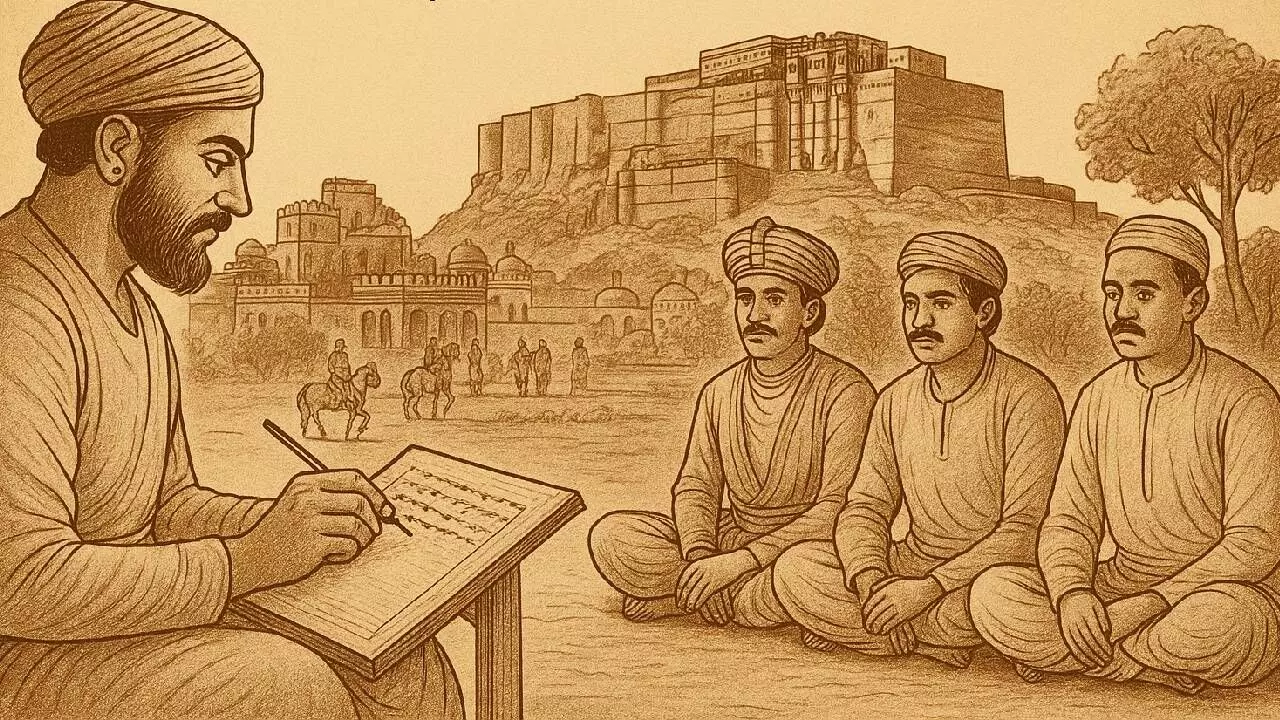Marwar’s 1664 Caste Census Predates British by Two Centuries
Discover how Munhata Nainsi’s 1664 caste census in Marwar—a tool for tax administration—influenced the British colonial census two centuries later, reshaping common views on caste counting in India
image for illustrative purpose

Long before the British introduced formal caste enumeration, Marwar’s home minister Munhata Nainsi conducted a comprehensive caste-based census between 1658 and 1664 in the kingdom of Marwar (modern-day Rajasthan). Commissioned under King Jaswant Singh Rathor, this exercise covered seven districts, including Jodhpur, as part of a sophisticated revenue administration system.
Unlike later colonial surveys, Nainsi’s enumeration wasn’t motivated by social engineering—it aimed to rationalize tax collection. By listing urban households by caste, officials could apply differentiated hearth taxes, granting concessions to certain groups while imposing higher levies on occupationally specialized castes. Rural areas, however, remained outside this scheme, as agricultural taxation was handled separately.
Academic research, notably by Norbert Peabody, highlights that this pre-colonial system influenced the British-administered 1835 census in western Rajasthan, including Marwar, Bikaner, Jaisalmer, and Bahawalpur. These colonial administrators relied on indigenous enumeration practices and local informants, adapting Nainsi’s framework rather than inventing caste-based data collection themselves.
While the British later transformed Marwar’s flexible caste-listing into a rigid, empire-wide census, Nainsi’s original survey underscores a longstanding indigenous tradition of administrative record-keeping—challenging the narrative that caste enumeration was solely a colonial construct.

